
Circuit Theory and Applications

Spinning dynamics of self-excited azimuthal acoustic modes in cavities
The coupling between the shear layer separating between axisymmetric leading and trailing edges and the azimuthal modes of a cavity may result in self-excited spinning acoustic resonance. Notably, the spinning direction remains one of the less understood features of the coupled mode dynamics. In this work, compressible large eddy simulation is used to model the excitation of azimuthal acoustic modes in rectangular cavities. To verify the effect of aspect ratio on the resonant acoustic mode excitation, three cavities with aspect ratios W/H = 1.0, 0.95, and 0.90 are considered, all with the same
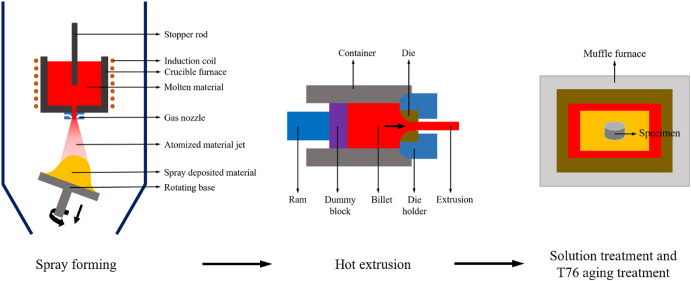
Effects of hot extrusion texture on anisotropy in microstructure and mechanical properties of spray formed Al–Zn–Mg–Cu 7055 aluminum alloy
The Al–Zn–Mg–Cu 7055 aluminum alloy was meticulously fabricated through spray forming (SF) technology, followed by hot extrusion and T76 treatment. This comprehensive process allowed for a thorough investigation of its microstructural characteristics, mechanical properties, and fatigue behavior. Post-treatment analysis revealed that the SF-7055 aluminum alloy exhibited no notable segregation or porosity defects, ensuring its exceptional quality and reliability. The microstructural analysis revealed a uniform distribution of refined grains and dispersed precipitates, contributing to the

Numerical Investigation for a Two-Dimensional Moving Flapping Wing
The aerodynamic performance of a moving flapping wing is investigated numerically using a fluid–solid interaction model. The flow field is assumed to be two-dimensional, viscous, unsteady, and incompressible. Galerkin-least/squares finite element method is used to account for the convective nature of the flow field. The flow solver is coupled with the rigid body equations of motion describing the movement of the flapping wing. An interface-capturing technique is developed and tailored to the present model to capture the flapping wing during its movement. The developed algorithm is validated
A Framework for Data Driven Dynamic Modeling of Serial Manipulators
Robot dynamic modeling and parameter identification are essential for many analyses. High-fidelity multi-body dynamics simulators can model the robot's dynamic behavior, but they can't identify the robot's non-linear dynamic model needed for controller design. This study proposes a three-step machine-learning framework for extracting the dynamic equations of serial manipulators from data. This framework consists of three steps. Initially, a library of candidate functions is constructed, together with a data set based on the robot's unforced response. Secondly, the best models that can
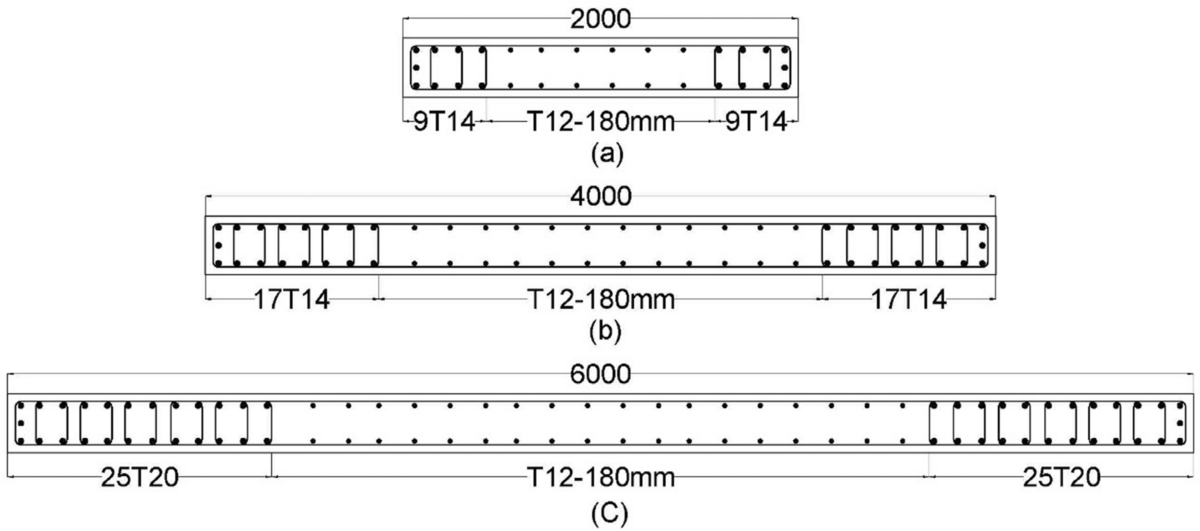
Estimation of Corrosion-Free Reinforcement as Replacement to Steel Rebars for Concrete Walls
Reinforced concrete (RC) walls are commonly used in various structures to resist lateral forces. In the current paper, hybrid usage of stainless steel (SS) and glass fiber-reinforced polymer (GFRP) as an alternative of steel rebars, which is susceptible to corrosion, is proposed to improve durability of RC walls. Due to the high cost of SS compared to GFRP, SS rebars are utilized as concentrated reinforcement (RFT) in plastic hinge regions while GFRP rebars are used elsewhere. This combination has the advantage of providing adequate ductility and strength needed to resist both gravity and
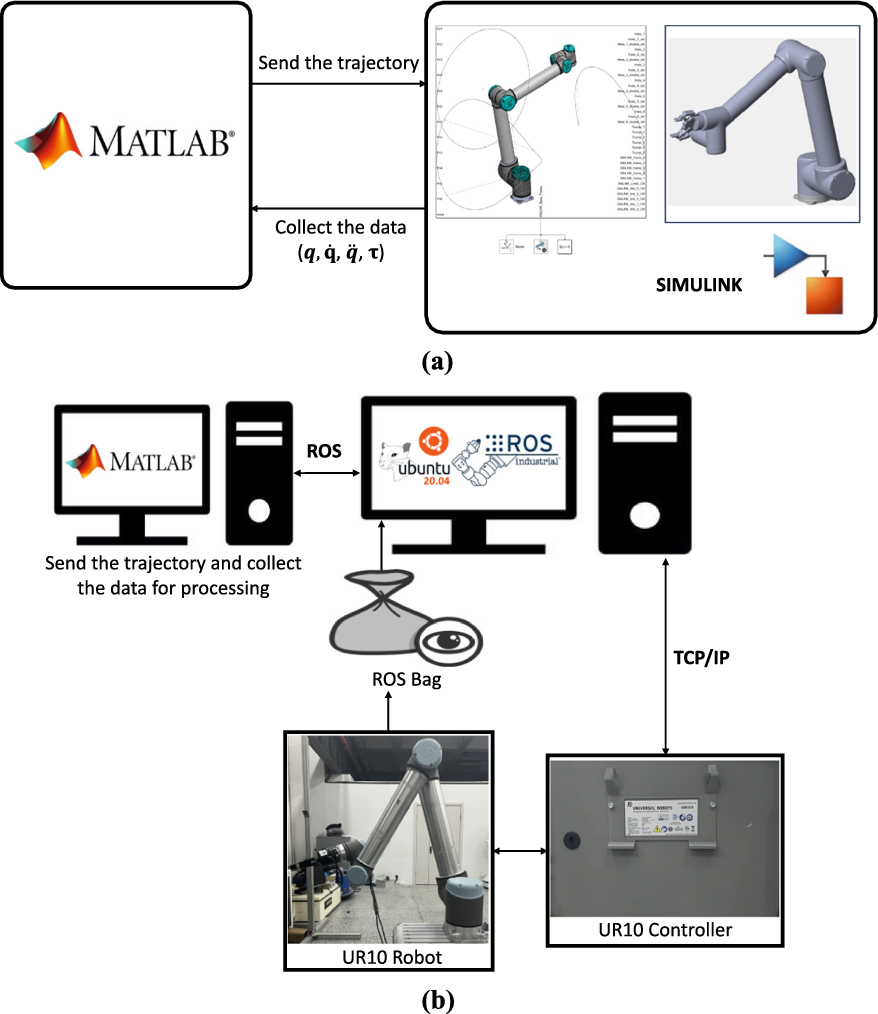
Robust data-driven dynamic model discovery of industrial robots with spatial manipulation capability using simple trajectory
Industrial standard model-based controllers need an accurate dynamic model to perform reliably. The classical technique for dynamics modeling of industrial robots relies on deriving the closed-form dynamic equations and then identifying the inertial parameters on the assumption that all the kinematic and geometric details of the robot are known. This study extends the recently developed data-driven SINDy method to obtain the dynamic model of industrial robots with spatial manipulation capabilities. The proposed method is applied to the 6-DOF UR10 robot in simulated and experimental
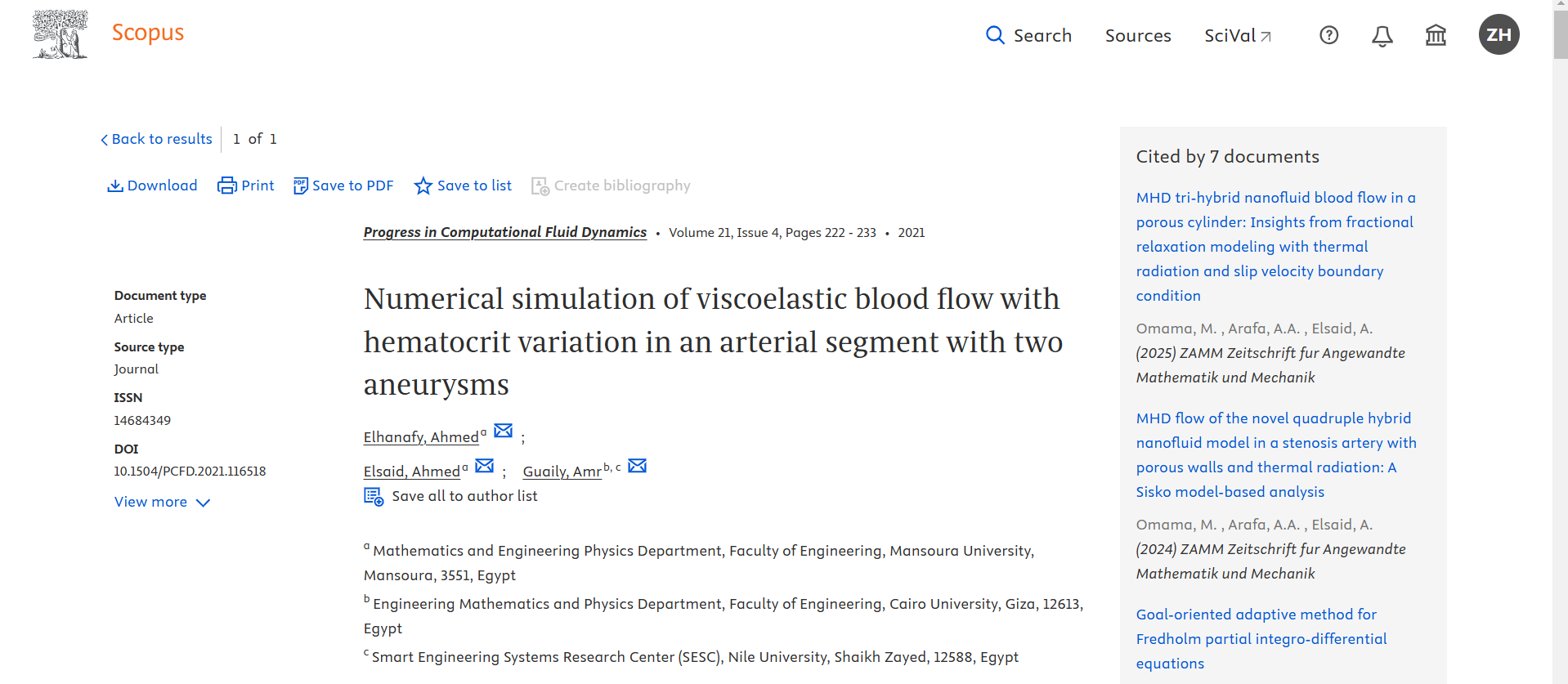
Numerical simulation of viscoelastic blood flow with hematocrit variation in an arterial segment with two aneurysms
In this study, a viscoelastic model with variable viscosity and relaxation-time is proposed for the simulation of the blood flow in an arterial segment with two aneurysms. The Quemada model is adopted to model both the shear rate-dependent viscosity and hematocrit variation. Available experimental data for the shear rate-dependent relaxation-time of the blood, in a certain range, are fitted and used. The arterial segment with aneurysms is considered as a rigid axisymmetric thin tube with two balloon expansions. The stabilised finite element method with the discrete elastic viscous stress
Optimal fractional-order PID controller based on fractional-order actor-critic algorithm
In this paper, an online optimization approach of a fractional-order PID controller based on a fractional-order actor-critic algorithm (FOPID-FOAC) is proposed. The proposed FOPID-FOAC scheme exploits the advantages of the FOPID controller and FOAC approaches to improve the performance of nonlinear systems. The proposed FOAC is built by developing a FO-based learning approach for the actor-critic neural network with adaptive learning rates. Moreover, a FO rectified linear unit (RLU) is introduced to enable the AC neural network to define and optimize its own activation function. By the means
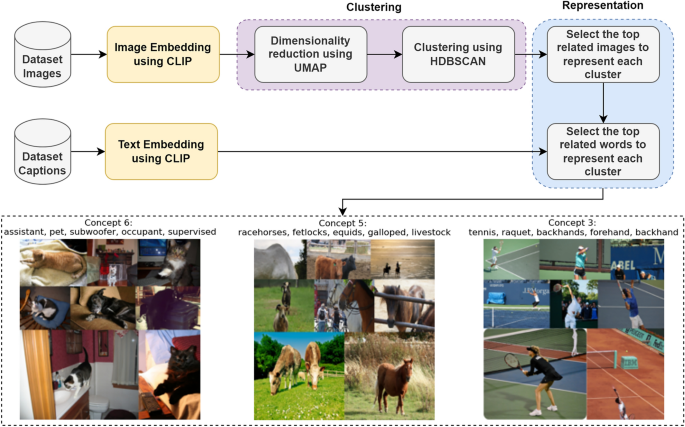
Novel concept-based image captioning models using LSTM and multi-encoder transformer architecture
Captioning an image involves using a combination of vision and language models to describe the image in an expressive and concise sentence. Successful captioning task requires extracting as much information as possible from the corresponding image. One of these key pieces of information is the topic to which the image belongs. The state-of-the-art methods used topic modeling depending only on caption text in order to extract these topics. The problem with extracting the topics using topic modeling only on caption text is that it lacks the consideration of the image’s semantic information
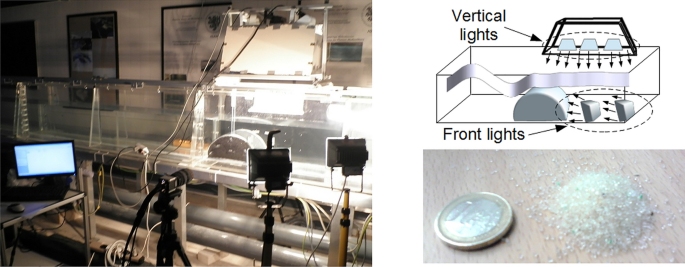
Numerical simulation and PIV measurements of the wave-induced flow field near semi-circular breakwaters
Abstract: Careful design of the high-tech semi-circular breakwaters (SBW), which are used for protection against sea waves, is essential to avoid the failure of these large-scale projects. An improved design tool adopting numerical simulations, complemented with experimental measurements is introduced. Unstructured boundary-fitted grids are used to model the curved SBW boundary accurately and resolve the flow adjacent to it. Experimental measurements based on Particle Image Velocimetry (PIV) are introduced and the numerically simulated velocity fields are validated. For the first time, the